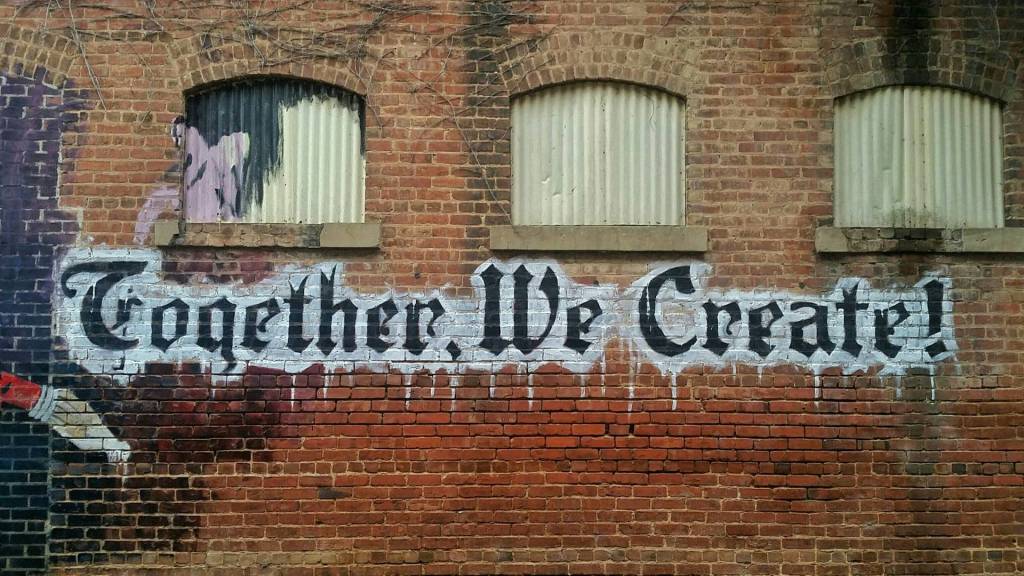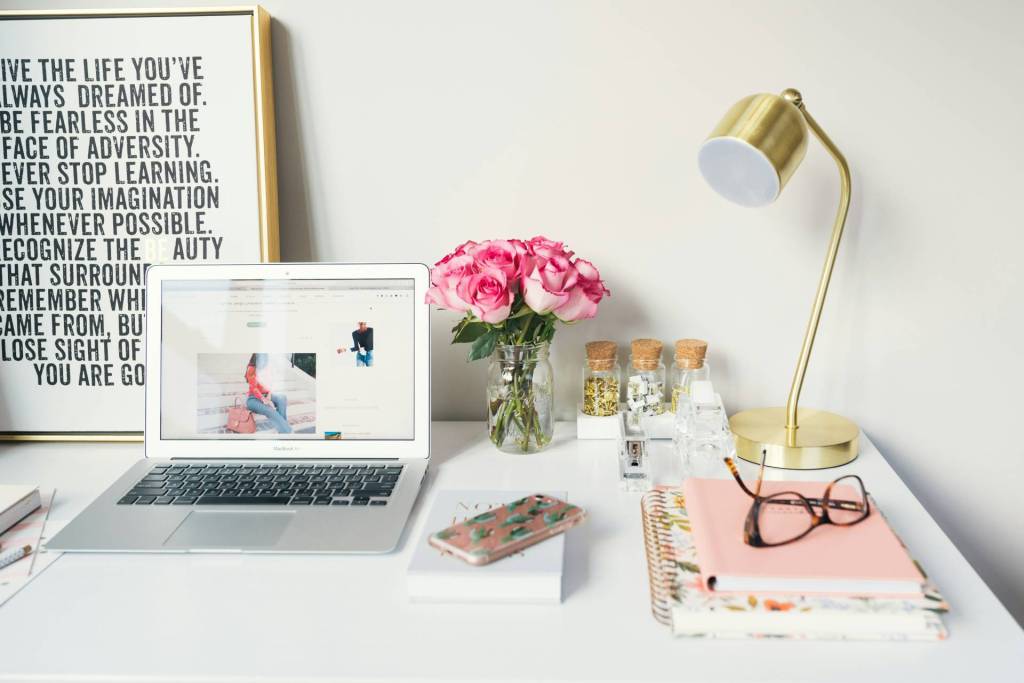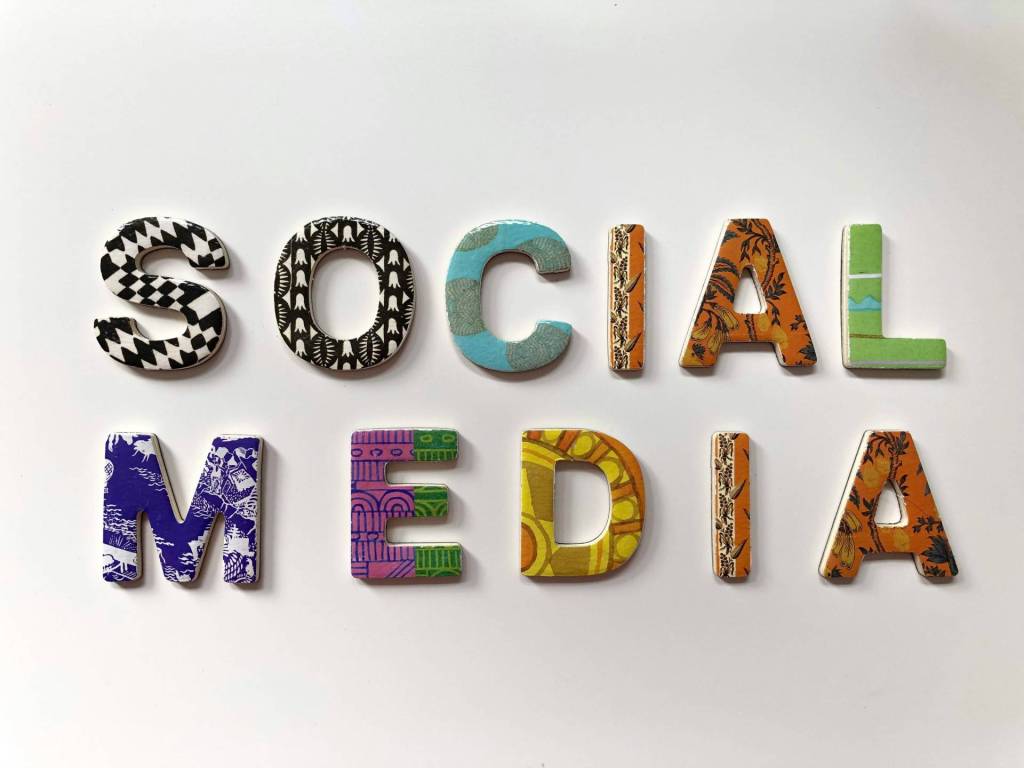When trying to convey our own style so that people may give us credibility, why is it that we present ourselves in a similar fashion?
I’m talking of course about our ultra-reliance on PowerPoint.
This week, I’m going to do something outside of what I’ve ever done before – I’m about to deliver a presentation that doesn’t rely very much on PowerPoint at all. We all make presentation mistakes and one of mine in the past has been putting too much on a slide, to the point of where I’m reading from the slide.
But I’m excited to be employing a totally new direction that is basically slide-less from here. Why? Because good presentations are good theater, especially when you lead people into your purpose.
First, let’s talk about approach and tone – from 1-way lecturing to 2-way community building.
How? Make a point to yourself that the more people in the room who feel involved, the better. Yes, you can stand up there as a talking head, trying to convert others to your cause. Yet, lecturing them to the point of making them feel like they’re stupid if they don’t go your way isn’t compelling. Instead, you have to get them to imagine the possibilities if they come along with you on this temporary journey of the next 30-60 minutes. And if they do, they’ll be changed for the better.
It’s hard to get there via slide. But there are better ways to enlighten and captivate so that they’ll be talking about you as an authority to others, possibly to the point of where they’ll say, “You’ve got to see this person speak.”
Here are some great ideas for accomplishing that without a traditional slide.
1) Pictures
You’ve heard it says a thousand words. So let each picture do just that.
Use a variety of pictures without words and speak to what you’re trying to represent. It’s going to require more rehearsal, but it’s worth it vs. reading off a slide. I can practically guarantee it. People know how to read. They don’t need you for that. But they do need you to give the images meaning.
Maybe those are images of the target audience that people in the room are trying to attract more of. Photos of aspirations realized. Or simply photos to illustrate a complex subject.
For example, photos of the audience you’re trying to attract can help others in the room visualize who you’re talking about. Stats aren’t just boring and lifeless but hard to attach emotion to. It may be fine to talk about a male, age 35-44, who makes $90,000 a year and lives in the Midwest. But when you use a picture of a fellow named Ed and speak to all the things work and non-work related in Ed’s life, you help others see Ed as the human being for who he is. What’s he going through? What are his passions? His fears? His daily challenges? Suddenly, Ed’s not just a pile of statistics on a slide.
2) Whiteboard
Using a whiteboard and asking thought-provoking questions of the audience can turn the subject matter into a brainstorm. Which is great as long as you’re leading them to the destination you want to go. Works well in a more intimate room rather than a large conference room.
3) Bring Members of the “Goal Audience” In
Think outside the traditional presenter-viewer dynamic here. I can recall the story of a presenter trying to get executives to visualize the brand’s message to children once brought kids into the presentation and instructed each child to sit next to the executive seated. The kids were able to speak exactly on what they thought of the messages and images presented, which gave the executives seated next to them an uncompromised view of who they were trying to connect with. They couldn’t very well argue with much, because, after all, the audience they were striving for were voicing their thoughts directly to them!
4) Break Into Small Groups
Who says the audience has to act as one large group? Get them out of those seats and get them talking to each other! If you’ve explained your purpose well enough for the first portion of it, breaking the group into smaller groups or teams to compete against one another can help them work through their challenges and questions, not just rely on you to do it all for them. Walk the room in these breakout sessions, though, to ensure conversations don’t get “stuck.” Return to the original large group after a period of time so findings can be shared.
5) Visual Props
Go beyond the “see it” and explore the “touch it and feel it” side of the equation. Whether it’s a prop that you use or an item you place in front of every attendee, you’ve got another way to bring the subject into a more relate-able format.
No handouts until the end!
Where do you want them looking during your presentation? That’s right – all on you. When you have a handout, you risk them skipping ahead and reading things you’re not ready for them to read yet. They pay less attention, they miss a few important things and you lose effectiveness. The only exception is if it’s a worksheet in a small group setting. Otherwise, save it for the end and give them something to retain.
Great presentation. But don’t let them leave yet!
Remember, there’s an opportunity to tweak based on feedback, so don’t allow that feedback to shuffle out the door when you’re done with the presentation. Get their thoughts and yes, their contact info – including asking if it’s OK to connect with them through social media channels like LinkedIn.












